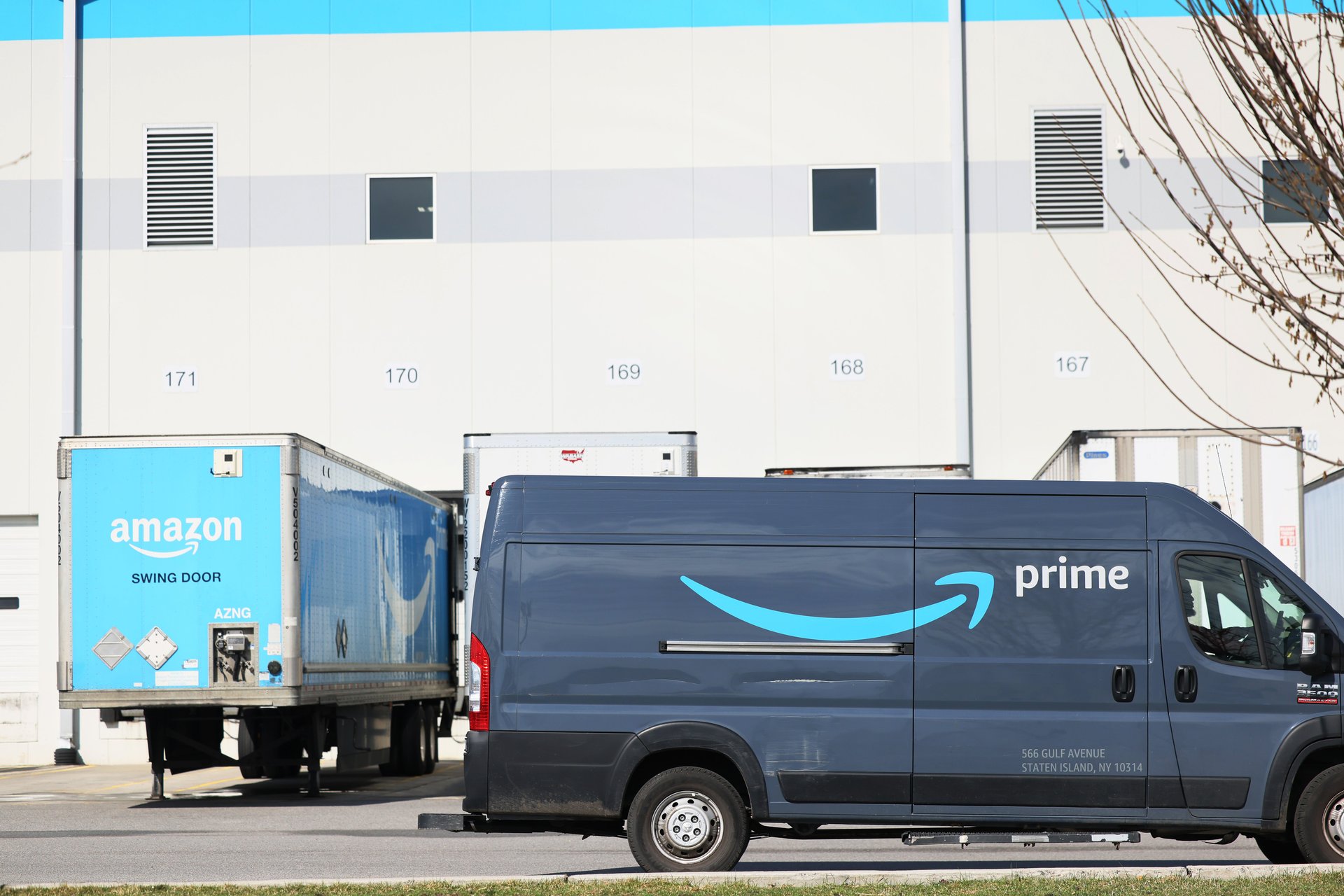Amazon is hiring a quarter-million workers this holiday season
The e-commerce giant's Prime Day event is scheduled to take place between Oct. 8 and 9

Amazon (AMZN) said Thursday that it plans to hire 250,000 seasonal workers as it prepares to tackle a busy holiday shopping season.
Suggested Reading
The e-commerce giant plans to hire employees to fill transportation and warehouse roles; the number will match the company’s seasonal hiring numbers from last year. All seasonal employees will receive a minimum wage of $18 per hour and will have access to benefits, including healthcare, from their first day on the job.
Related Content
Sandy Gordon, Amazon’s vice president of employee experience and relations, said in a statement that despite the company’s expected rise in demand and volume, “We feel like the 250,000 is the right number to continue to grow and advance with our operations.”
The exact breakdown of the seasonal workers — spanning sort centers, fulfillment centers, and delivery stations — remains vague, particularly regarding how many of those roles will be in fulfillment or transportation. A company spokesperson said transportation employees exclude delivery service partners and their teams.
The company’s hiring efforts come as retailers face a loose labor market. Overall, seasonal hiring will only add 520,000 new jobs during the final quarter of this year, down from last year’s 564,200, according to analysis by employment agency Challenger, Gray, & Christmas, Inc., which cites Bureau of Labor Statistics (BLS) data.
Other retailers are also ramping up their seasonal hiring. For instance, Target plans to hire 100,000 seasonal employees to support in-store operations and supply chain logistics. Discount grocer Aldi aims to bring on 13,000 workers for in-store and warehouse operations, while Bath & Body Works (BBWI) plans to hire 30,000 seasonal employees, including part-time sales associates and full-time roles such as merchandise handlers and processors.
Amazon’s recruitment strategy is partly driven by expectations that e-commerce spending will surpass overall holiday sales in the fourth quarter. Earlier this year, the company’s Prime Day event generated over $14.2 billion in online sales, marking one of the biggest e-commerce events of the year.
